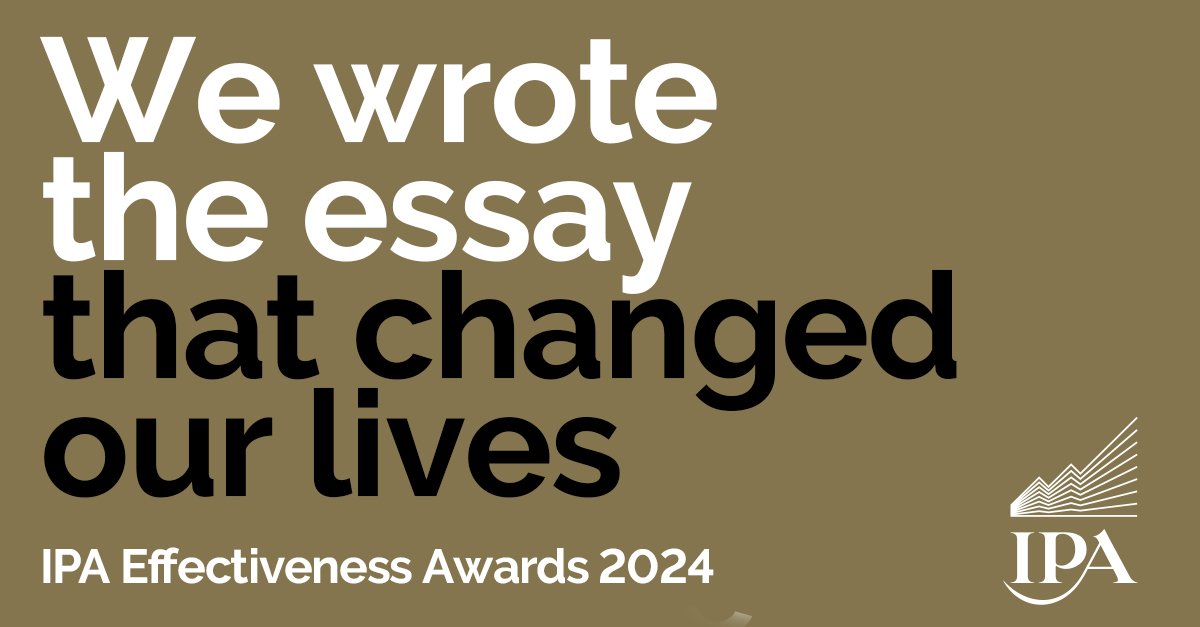The first part of our #TV21 series looks at TV adverts in 2021 and how ads have changed in the last 12 months.
Newsflash! We don’t know what is going to happen in the year ahead.
And whenever that’s true, the futurist Madeline Ashby has a useful piece of advice:
‘Talk, loudly and frequently and in detail, about the future you want. You can’t manifest what you don’t share.’ – Source.
With that in mind, this series of posts represents my thinking about what TV adverts in 2021 will look like in the post-corona period, from Spring 2021 and the hoped-for end of restrictions on movement – and into the exciting horizon of 2022 and beyond.
This covers everything we already know and everything we can clearly see. But it also brings in what I think could happen. And most importantly of all – what should happen in the world of TV advertising.
Some of the trends that we saw way back during lockdown 1 have already been and gone. They weren’t really trends at all, more like short-term turbulence from the shock of an entirely unknown and unprecedented situation. But one of the immediate effects which is here to stay is this hugely significant macro-trend:
TV advertising barriers-to-entry came crashing down this past year – and that’s where they are going to stay.
Ad pricing in 2021
It’s been well documented that TV pricing fell through the floor in March last year. It made linear TV broadcast incredibly attractive to any advertiser who had not experienced detrimental brand disruption during the same upheavals.
Providing your product was still on a shelf or your service was still able to exist, April, May and June 2020 were the best times to be showing TV adverts.
But the effects of that moment are still with us. The cost of TV advertising is still based on a year-on-year relationship between impacts and revenue. With impacts increasing due to audiences being at home, and revenues understandably falling off a cliff, deflation in the TV advertising market hit levels that people with double the experience I had had never witnessed.
This means that the cost of TV advertising may take years to recover to pre-pandemic levels. We are all hopeful that viewers have rediscovered their love for quality live TV throughout the various lockdowns. The unifying effect that only the biggest screen in the house can provide will take a long time to lose its halo.
So the decline in traditional TV viewing we had seen in the previous decade will likely still happen – but at a slower rate. This, coupled with revenues taking some years to offset pandemic losses, should keep prices reasonable. According to Thinkbox, 341 new brands took to TV advertising between April and September 2020. The slow recovery of prices should encourage them to stay on air for the foreseeable future – and the brand uplift they see will convince many more of their competitors to follow in their wake.
TV adverts’ UGC aesthetic
The other big impact of the pandemic was the normalisation of user generated content (UGC) – or at least the ‘UGC aesthetic’.
The expense of producing standout creative has always been a big barrier to entry into the TV space for clients. As a consumer – and far from a creative expert myself – I can say I was incredibly impressed with the way creative agencies adapted to the pandemic and captured a creative tone which we saw to be incredibly reflective of the national mood. This alone went a long way to reasserting the big screen position at the centre of the home, and forcing down the cost of TV advertising yet further.
Creatives were shot via Zoom calls, demonstrated some of the amazing public camaraderie (e.g., clapping for the NHS) and turned around large-multi-asset campaigns in seemingly record times. It was a huge demonstration that great creatives do not have to break the bank.
A great idea that authentically connects is worth more than all the FX budgets in the world. They don’t have to have months and months of thought behind them. They can be both cost effective and reactive to dynamic real world situations.
There is no doubt that sensitive, emotive advertising remains the ultimate storytelling platform’s most effective format. TV adverts in 2021 will lean in to that trend, whether shot under socially distanced conditions or not. These relatable, everyday stories lie at the heart of every brand’s core offering. Cutting through the corporate jargon to find those human stories is creativity’s core purpose. And an essential consideration to make TV advertising accessible for all brands.
In part two of this series, I’m going to talk about the role technology is playing in changing TV adverts in 2021.




